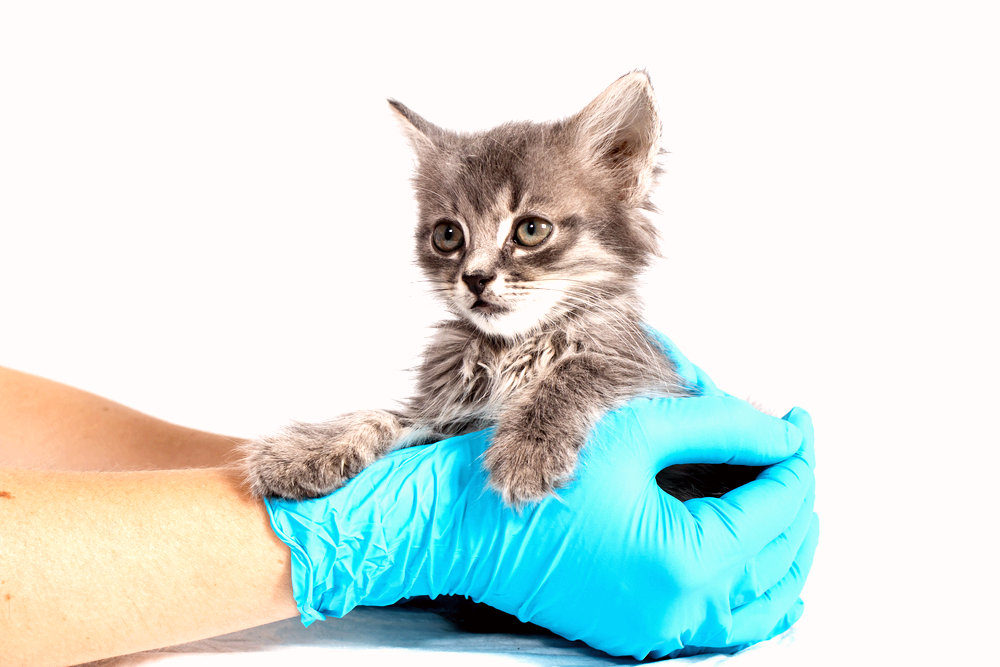
Testing cats for feline leukaemia virus (FeLV) and feline immunodeficiency virus (FIV) is an important part of preventative veterinary care. These two viruses are commonly found among domestic cat populations and pose serious health risks if left undetected. While many infected cats may not outwardly show symptoms, both FeLV and FIV can compromise the immune system, making affected animals highly susceptible to secondary diseases that threaten their lives. Regular screening allows for early diagnosis and proper management of infected pets (Levy et al., 2008).
FeLV is a virus that can cause cancer and damage the immune system of cats, leading to life-threatening infections. FIV is an immune-suppressing virus similar to HIV in humans. While some cats may show no signs of infection, both viruses pose serious health risks. Routine testing allows early detection and treatment. It also helps identify infected cats and prevent transmission to other pets (Little, 2011).

FeLV primarily attacks red blood cells and the immune system, while FIV infects white blood cells called lymphocytes. FeLV is spread through close contact and licking or biting wounds, whereas FIV is transmitted through deep bite wounds during fighting. FeLV is more easily transmitted and potentially fatal if left untreated, while cats can live a normal lifespan with FIV if properly managed.
All cats should be tested before adoption or when entering a multi-cat household. Additionally, kittens should be tested before the first vaccination at around 4 months of age. Regular re-testing every 1-3 years is also recommended, especially for outdoor and stray cats that may encounter other infected animals.
There are two primary methods - an in-clinic ELISA (enzyme-linked immunosorbent assay) antibody test or an in-home rapid antibody test. Both involve a small blood sample that is tested for antibodies produced by the body's immune system in response to viral infection. Positive antibody tests require follow-up PCR (polymerase chain reaction) tests to confirm active infection.

The blood collection with a small needle prick may cause a little discomfort for cats but does not usually result in pain. Most cats tolerate the quick procedure well when properly restrained. Owners can ask for a topical anaesthetic to minimize any discomfort.
While FeLV and FIV only infect felines, contact with infected cats does pose some risk to humans. However, transmission is extremely rare. Simple precautions like handwashing after handling cats and avoiding bites/scratches can prevent potential issues. Neither virus can cause illness in people.
FeLV infected cats can transmit the virus to other felines they come in close contact with. FIV transmission requires a deep bite that breaks the skin. Proper identification and isolation of infected cats helps prevent spread to others in multi-cat homes. Uninfected cats should be kept separate until re-testing confirms infection status.
No, feline leukaemia and immunodeficiency testing do not require general anaesthesia. The blood sample collection for antibody testing involves a simple pinprick or needle stick that is quick and causes minimal stress to cats when properly handled. Topical numbing agents may provide some relief from any minor discomfort.
Yes, kittens as young as 4 months old can be reliably tested for FeLV and FIV antibodies. At this age, maternal antibodies transferred from the mother have usually worn off. Early screening allows infected kittens to be identified before adopting them or mixing them with other pets. Proper kitten vaccination after 8-9 weeks also significantly reduces infection risks.
On average, an in-clinic combination FeLV/FIV antibody test costs between $35-55 USD. Rapid tests run $20-40. Annual or biannual re-testing remains important for at-risk outdoor cats. While out-of-pocket, the inexpensive tests provide pet owners valuable health information to manage care and prevent further disease spread. Early detection is also more conducive to treatment success.
The actual blood collection for FeLV/FIV antibody testing takes less than 5 minutes for each cat. Results from an in-clinic ELISA test are usually available within 1-3 business days. Rapid in-home tests provide results within 10-15 minutes directly from the collected blood sample without lab processing.
In conclusion, feline leukaemia and immunodeficiency testing is a low-cost but important preventive healthcare screening. It allows early detection and proper management of infected cats to improve welfare while reducing transmission risks to other pets. Routine or risk-based testing remains vital for every cat owner's furry family members.
References
Levy, J. K., Crawford, P. C., & Slater, M. R. (2008). Feline leukemia virus. In N. C. Pedersen (Ed.), Infectious Diseases of the Dog and Cat (4th ed., pp. 143-155). Elsevier.
Little, S. E. (2011). Feline immunodeficiency virus (FIV). Journal of Feline Medicine and Surgery, 13(4), 238-249.